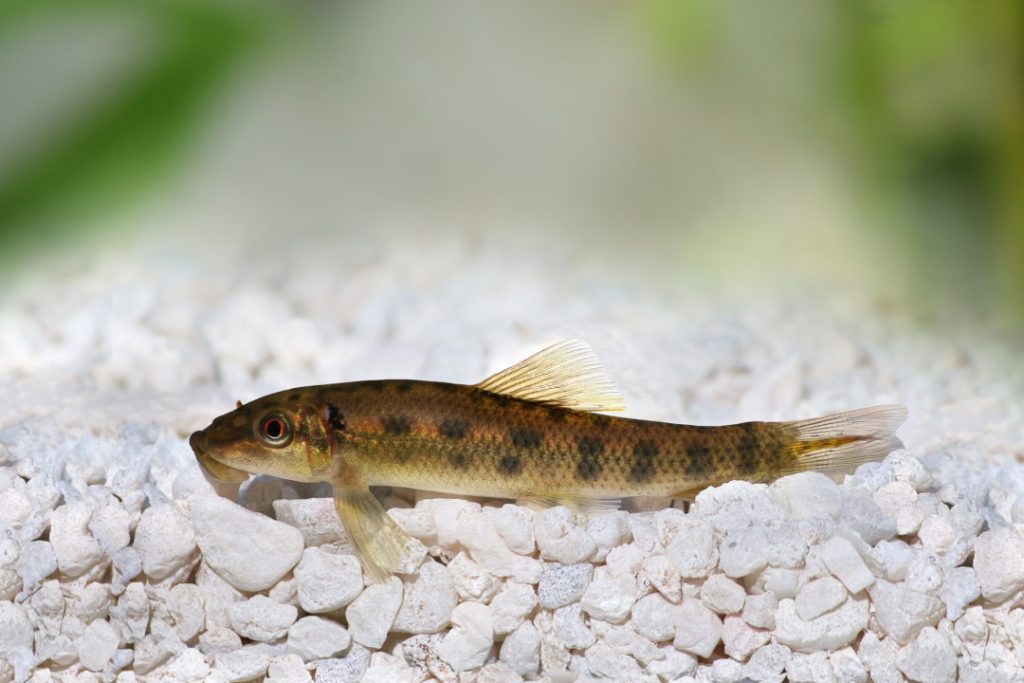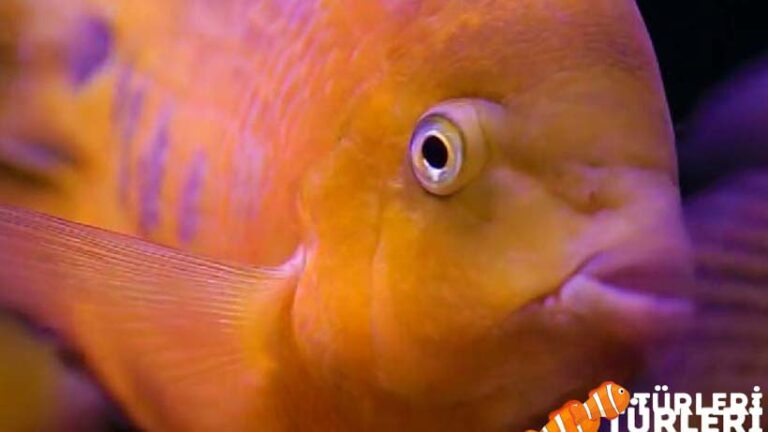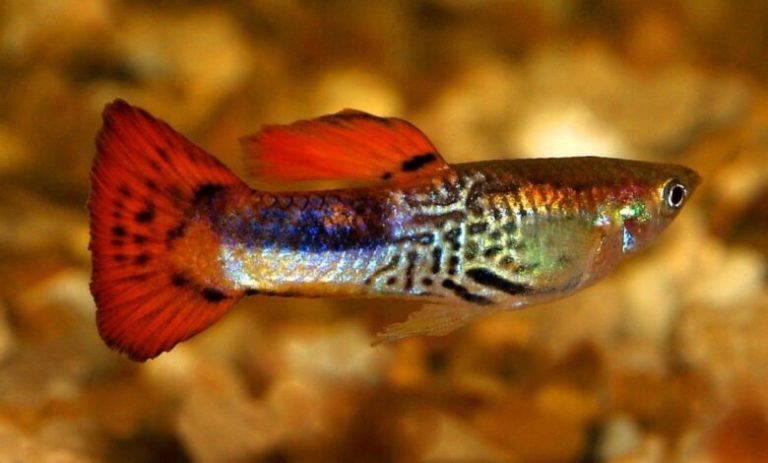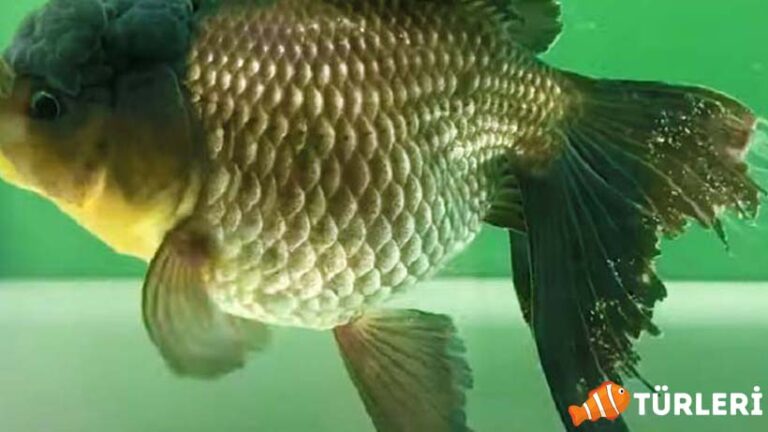Chinese Algae Eater
The Chinese Algae Eater, also known as Gyrinocheilus aymonieri, is a popular freshwater fish among aquarium enthusiasts. This species is highly valued for its ability to control algae growth in tanks. However, it is important to understand their specific care requirements to ensure their well-being. In this article, we will provide a comprehensive overview of the Chinese Algae Eater, including its scientific name, origin, diet, behavior, swimming zone, water temperature, water hardness, pH level, minimum aquarium volume, adult size, reproduction, lifespan, and care guidelines.
Species Summary:
| Scientific Name | Gyrinocheilus aymonieri |
| Origin | China |
| Diet | Primarily herbivorous, feeding on algae and plant matter |
| Behavior | Active and territorial, often seen clinging to surfaces and actively searching for algae |
| Behavior Towards Their Own Species | Aggressive towards their own species, especially as they mature |
| Swimming Zone | Middle to bottom levels of the aquarium |
| Water Temperature | 72-79°F (22-26°C) |
| Water Hardness | Soft to moderately hard water |
| pH Level | 6.5-7.5 |
| Minimum Aquarium Volume | 30 gallons (113 liters) |
| Adult Size | Up to 10 inches (25 cm) |
| Reproduction | Difficult to breed in captivity |
| Lifespan | 5-10 years |
| Care | Provide ample hiding spots, regular water changes, and a varied diet to ensure their well-being. Avoid keeping them with slow-moving or long-finned fish due to their occasional nipping behavior. |
Appearance and Size
The Chinese algae eater is a unique and fascinating fish that can make a great addition to any aquarium. With its distinct appearance and interesting behavior, it is sure to catch the attention of any observer. This species is characterized by its elongated body shape and its sucker-like mouth, which it uses to attach itself to various surfaces in the tank. Its body is typically dark brown or black in color, with a lighter underbelly.
- Size: When it comes to size, the Chinese algae eater can grow quite large. As juveniles, they are usually only a few inches long, but they can reach up to 10 inches in length as adults. However, it’s important to note that their growth rate can vary depending on factors such as tank size, water quality, and diet. Providing them with a spacious tank and a well-balanced diet can help ensure they reach their maximum potential size.
- Distinctive Features: One of the most notable features of the Chinese algae eater is its mouth, which is designed for scraping algae off surfaces. It has a set of strong, specialized teeth that allow it to efficiently remove algae from rocks, glass, and even plants. Additionally, this species has a unique pattern of dark bands running horizontally along its body, giving it a striking appearance. These bands become more pronounced as the fish matures, adding to its overall beauty.
- Behavior: Chinese algae eaters are known for their active and energetic behavior. They are constantly on the move, exploring their environment in search of algae to feed on. It’s not uncommon to see them clinging to the sides of the tank or even upside down on the surface of the water. They are also known to be quite territorial, so it’s important to provide them with ample hiding spots and enough space to establish their territory without causing conflicts with other tank mates.
In conclusion, the Chinese algae eater is a visually appealing fish with its unique appearance and interesting behavior. Its size can vary depending on various factors, but it can grow up to 10 inches in length. With its sucker-like mouth and distinctive dark bands, this fish is a standout in any aquarium. Just make sure to provide it with a suitable environment and diet to ensure its well-being.

Lifespan
The Chinese algae eater, also known as the Gyrinocheilus aymonieri, is a fascinating fish species that many aquarium enthusiasts love to have in their tanks. One important aspect to consider when bringing home a Chinese algae eater is its lifespan. Understanding how long these fish typically live can help you provide the best care and ensure their well-being.
On average, the Chinese algae eater has a lifespan of around 5 to 10 years. However, it’s important to note that this is just an estimate, and individual lifespans can vary. With proper care and a suitable environment, some Chinese algae eaters have been known to live even longer, reaching up to 15 years! This means that if you decide to bring one of these unique fish into your home, you’ll have a long-term companion to enjoy.
To ensure a healthy and happy life for your Chinese algae eater, it’s crucial to provide them with a well-maintained aquarium. These fish thrive in tanks with plenty of hiding spots, such as caves or driftwood, as they love to explore and seek shelter. Additionally, maintaining good water quality is essential. Regular water changes and filtration will help keep their environment clean and prevent any potential health issues. By providing a balanced diet of algae-based foods, supplemented with occasional treats like blanched vegetables, you can ensure your Chinese algae eater receives the necessary nutrients to thrive and live a long life.
Diet
The Chinese algae eater, also known as Gyrinocheilus aymonieri, is a popular choice for aquarium enthusiasts looking for an efficient algae cleaner. These fish are known for their ability to consume various types of algae, making them a valuable addition to any tank. However, it’s important to provide them with a well-balanced diet to ensure their overall health and longevity.
When it comes to the Chinese algae eater’s diet, algae should be the primary component. They have a voracious appetite for different types of algae, including green, brown, and even blue-green algae. It’s recommended to offer them a variety of algae-based foods, such as spirulina flakes or wafers, to cater to their natural feeding habits.
In addition to algae, it’s essential to supplement their diet with other nutrients. These fish are omnivorous, meaning they can also consume small invertebrates and plant matter. You can provide them with a balanced diet by offering occasional treats like bloodworms, brine shrimp, or blanched vegetables like zucchini or spinach. This variety helps mimic their natural feeding behavior and ensures they receive all the necessary nutrients.
It’s important to note that Chinese algae eaters can become less interested in algae as they grow older. Therefore, it’s crucial to continue diversifying their diet to prevent any nutritional deficiencies. Be cautious not to overfeed them, as they have a tendency to consume more food than necessary. Overfeeding can lead to health issues and poor water quality in the tank.
Remember to monitor your Chinese algae eater’s eating habits and adjust their diet accordingly. If you notice any changes in their appetite or behavior, it could be a sign of an underlying health issue. Providing a well-rounded diet and maintaining a clean aquarium environment will contribute to the overall well-being of your Chinese algae eater.
In conclusion, the Chinese algae eater’s diet primarily consists of algae, but it’s important to supplement it with other nutritious foods. Offering a variety of algae-based foods, occasional treats, and maintaining a balanced feeding schedule will ensure their optimal health and keep your aquarium algae-free.
Water Parameters
When it comes to Chinese algae eaters, it’s important to provide them with the right water parameters to ensure their health and well-being. These fish are native to China and are known for their ability to consume algae, making them a popular choice for aquarium owners looking to keep their tanks clean.
In terms of water temperature, Chinese algae eaters prefer a range between 75°F and 82°F (24°C to 28°C). It’s important to maintain a stable temperature within this range, as drastic fluctuations can stress the fish and make them more susceptible to diseases. Using a reliable aquarium heater and thermometer can help you monitor and regulate the water temperature effectively.
In addition to temperature, water quality is also crucial for Chinese algae eaters. These fish prefer slightly acidic to neutral water with a pH level between 6.5 and 7.5. It’s important to regularly test and adjust the pH level as needed to ensure it remains within this range. Additionally, maintaining proper filtration and conducting regular water changes will help keep the water clean and free from harmful substances that can negatively impact the health of your Chinese algae eater.
Tank Setup
When setting up a tank for your Chinese algae eater, there are a few key factors to consider in order to provide a suitable and comfortable environment for your fish. First and foremost, it’s important to choose an appropriately sized tank. Chinese algae eaters can grow up to 10 inches in length, so a tank with a minimum capacity of 20 gallons is recommended to accommodate their size and swimming needs.
Next, focus on creating a well-balanced and natural habitat for your Chinese algae eater. Provide plenty of hiding spots and caves using rocks, driftwood, or PVC pipes. These areas will not only serve as shelter but also mimic their natural habitat, making them feel more secure. Additionally, be sure to include live plants in the tank as they not only enhance the aesthetics but also provide additional hiding places and help maintain water quality by absorbing nitrates.
Maintaining water conditions is crucial for the health of your Chinese algae eater. They prefer slightly acidic to neutral water with a pH range of 6.5 to 7.5. Keep the water temperature between 72°F and 82°F, as these fish thrive in tropical environments. Regular water changes of 25% every two weeks will help keep the water parameters stable and ensure a clean and healthy environment for your Chinese algae eater. By providing a well-planned tank setup, you can create a comfortable and thriving home for your Chinese algae eater.

Behavior and Tankmates
When it comes to Chinese algae eaters, understanding their behavior and choosing the right tankmates is crucial for a harmonious aquarium environment. These fascinating fish are known for their ability to munch on algae, making them popular among aquarists looking to keep their tanks clean and healthy. However, it’s important to note that Chinese algae eaters can be quite territorial, especially as they mature.
In terms of behavior, Chinese algae eaters are generally active swimmers, constantly on the lookout for food. They have a unique suction cup-like mouth that allows them to attach themselves to surfaces, making it easier for them to scrape off algae. These fish are known to be quite hardy and adaptable, but they do require a well-maintained tank with plenty of hiding spots and vegetation to mimic their natural habitat.
When it comes to tankmates, it’s best to choose peaceful and non-aggressive species that won’t compete for food or territory. Chinese algae eaters can sometimes exhibit aggression towards other bottom-dwelling fish, especially if they feel their space is being invaded. It’s advisable to keep them with similarly sized fish or those that occupy different areas of the tank. Some suitable tankmates for Chinese algae eaters include peaceful community fish like tetras, gouramis, and rasboras. Avoid keeping them with fin-nipping or territorial species, as this can lead to stress and potential health issues for your algae eater. By carefully selecting tankmates, you can create a balanced and enjoyable environment for your Chinese algae eater and other fish in your aquarium.
Breeding
Breeding Chinese algae eaters can be a rewarding experience for aquarists looking to expand their fish population. These fish are known for their ability to keep algae under control in aquariums, making them a popular choice among hobbyists. However, successfully breeding Chinese algae eaters can be a bit challenging, as they have specific requirements and behaviors that need to be taken into consideration.
First and foremost, it’s important to note that Chinese algae eaters are not easy to sex. Unlike some other fish species, there are no clear physical differences between males and females. Therefore, it can be difficult to determine the gender of your fish. However, one method that can be used is observing their behavior during breeding season. Males may become more territorial and aggressive, while females may appear rounder in the abdomen.
Creating the right environment for breeding is vital. Chinese algae eaters prefer well-maintained aquariums with plenty of hiding spots and plants. It’s recommended to provide them with a spacious tank to encourage natural behaviors. Additionally, maintaining good water quality is crucial, as it can greatly affect the success of breeding. Regular water changes and proper filtration are necessary to keep the environment stable and healthy for the fish.
When it comes to breeding, Chinese algae eaters are known to be egg scatterers. This means that they do not build nests or care for their eggs or fry. To encourage breeding, it’s advisable to simulate the changing seasons by adjusting the temperature and lighting in the aquarium. A gradual increase in temperature and longer daylight hours can help trigger their breeding instincts. Providing a variety of high-quality foods, such as live or frozen brine shrimp and daphnia, can also boost their reproductive behavior.
Breeding Chinese algae eaters can be a fascinating and fulfilling endeavor for aquarists. With the right conditions, patience, and observation, you may be able to witness the natural beauty of these fish reproducing in your own aquarium. Just remember to provide them with a suitable environment, monitor their behavior closely, and be prepared to care for the fry separately once they are born.
Remember, if you have any further questions or concerns about Chinese Algae Eaters, it is always recommended to consult with a knowledgeable aquarium specialist or do thorough research before introducing them to your aquarium.
FAQs
What is a Chinese Algae Eater?
The Chinese Algae Eater (Gyrinocheilus aymonieri) is a freshwater fish species native to East Asia, particularly China and Vietnam. It is commonly kept in home aquariums due to its ability to consume algae and help maintain a clean tank environment.
Can Chinese Algae Eaters control algae growth in my aquarium?
Yes, Chinese Algae Eaters are known for their voracious appetite for algae. They can effectively control and reduce algae growth in your aquarium, making them an excellent choice for algae management. However, it’s important to note that their algae-eating behavior tends to decrease as they grow older, so they may not be as efficient in controlling algae in larger tanks.
Do Chinese Algae Eaters require any special care?
Chinese Algae Eaters are relatively low-maintenance fish. They can adapt to a wide range of water conditions, but it is recommended to keep the water temperature between 75-82°F (24-28°C) and maintain a pH level between 6.5-7.5. Providing them with a well-balanced diet that includes algae-based foods, vegetables, and occasional protein-rich foods is essential for their overall health.
Can Chinese Algae Eaters coexist with other fish species?
While Chinese Algae Eaters can coexist with other fish species, it’s crucial to consider their temperament. They can become territorial and aggressive towards other bottom-dwelling fish, especially if they feel their space is being invaded. It is best to provide them with ample hiding spots and enough space to establish their territory peacefully.
How big do Chinese Algae Eaters grow?
Chinese Algae Eaters can grow up to 10-12 inches (25-30 cm) in length. It’s essential to keep this in mind when selecting tank mates and providing them with an adequately sized aquarium. Additionally, they have a lifespan of around 5-10 years, depending on the quality of care provided.







